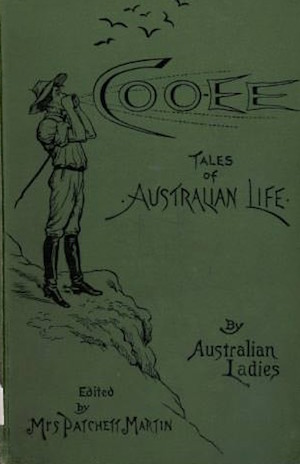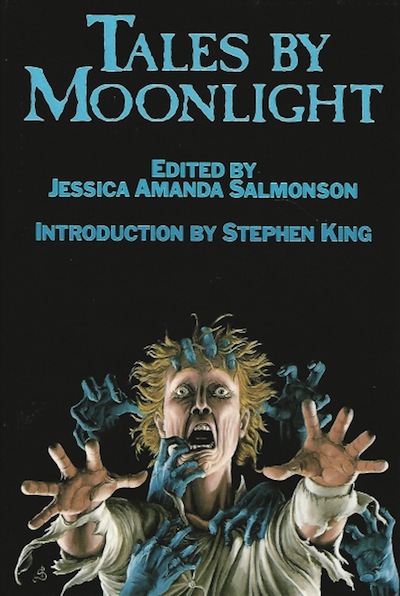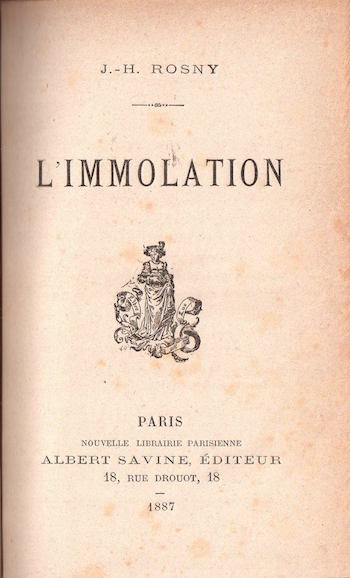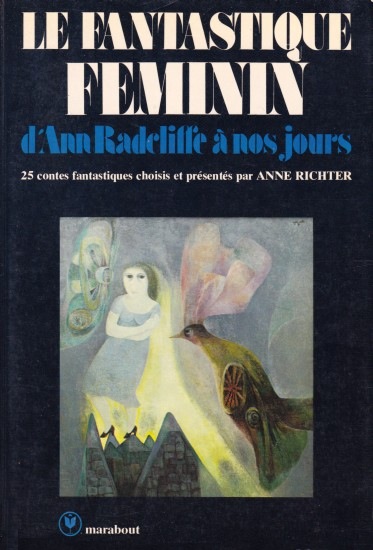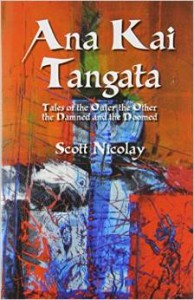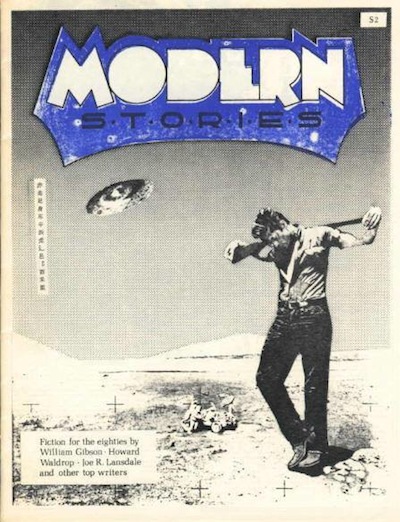 “I’d called my slab ‘science fiction,’ but the art I’d cultivate would be the art of interstice, burrowing from surface to previously unconnected surface, through the waiting wealth of weirdness I sensed between those surfaces.”
“I’d called my slab ‘science fiction,’ but the art I’d cultivate would be the art of interstice, burrowing from surface to previously unconnected surface, through the waiting wealth of weirdness I sensed between those surfaces.”
—William Gibson, blog post Jan. 8, 2003
With special thanks to Edward Austin Hall, Marc Laidlaw, and especially Lewis Shiner for their invaluable support and assistance…
By now it should be obvious to readers of this series that science fiction is a virtual cornucopia of only loosely camouflaged great Weird Fiction. Without its own literary ecosystem to occupy during the previous century, The Weird quietly, patiently extended its mycelia beneath the leaf-littered forest floors of science fiction, fantasy, and mainstream modes alike, infiltrating their various oΐkoi with utter disregard for critical taxonomy. Now that its fruiting bodies are bursting forth all around us in a Weird Renaissance, we can finally take some measure of its full expanse. Here at Stories from the Borderland we specialize in spotting and plotting those loci where weirdness has long since spread beneath the surface, and we work like tireless truffle pigs, snuffling up the treasures we deliver you on our finest silver serving ware. This week’s fungal entrée comes your way with a side of brains. Continue reading
